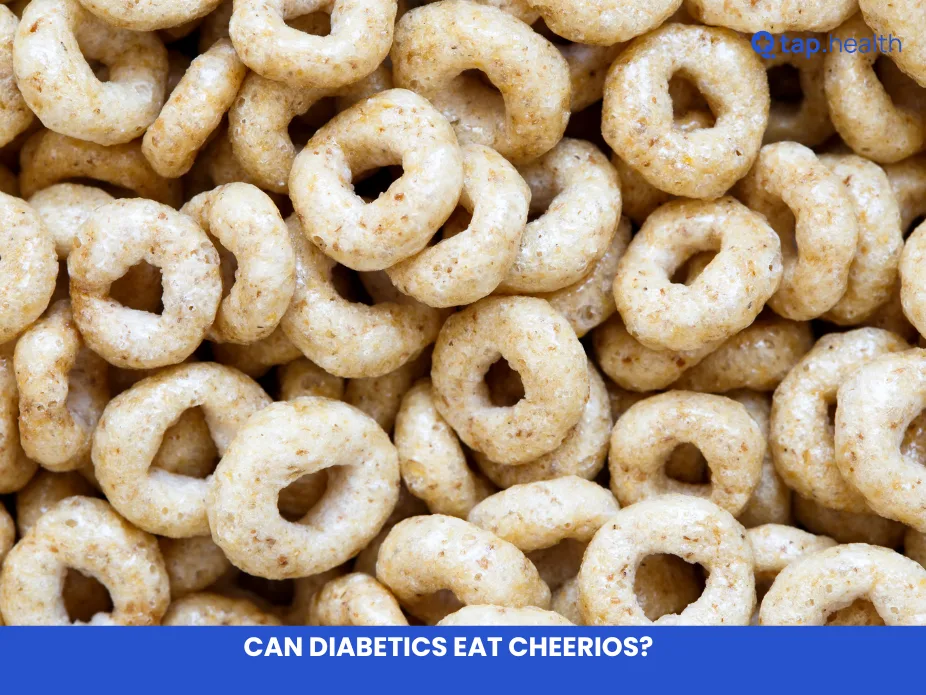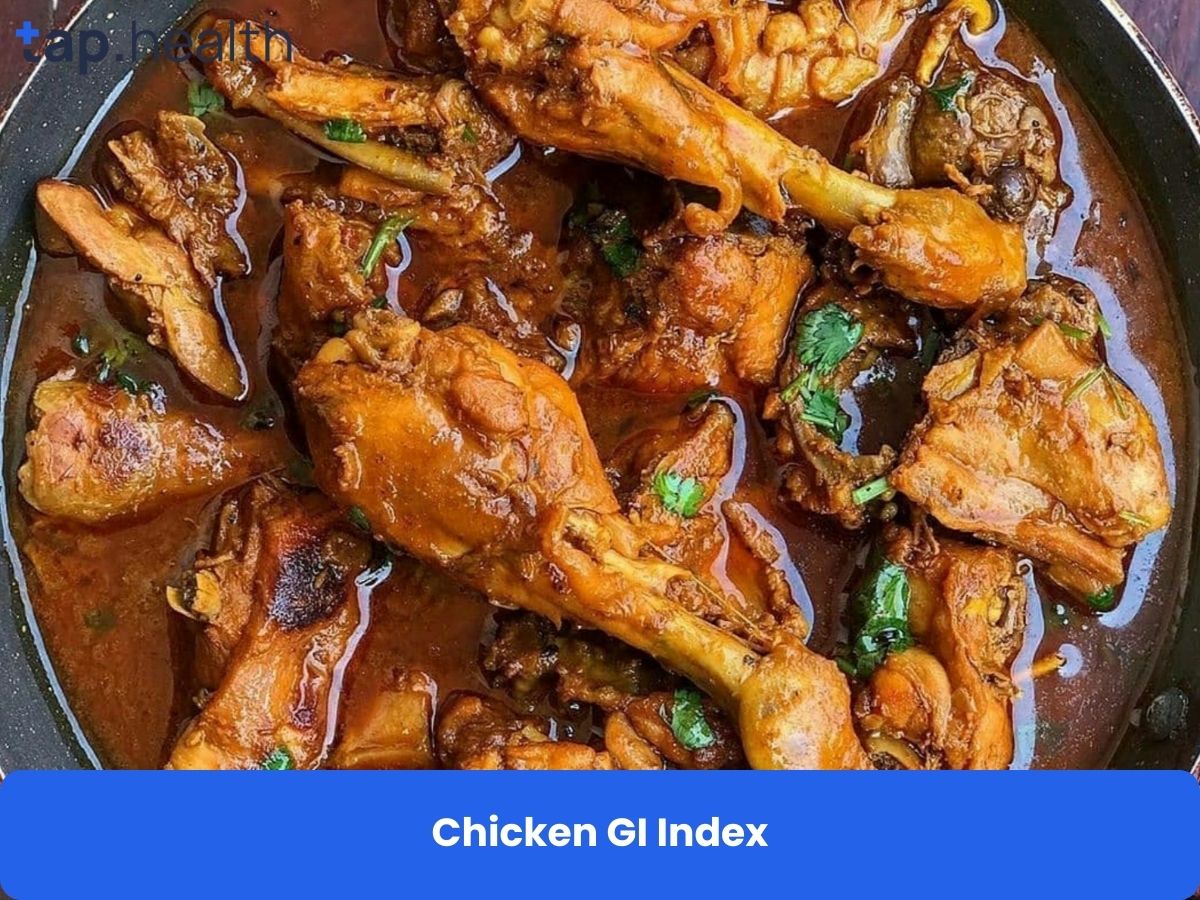When it comes to managing diabetes, diet plays a crucial role in controlling blood sugar levels. Many individuals with diabetes seek convenient yet healthy breakfast options. One such popular choice is Cheerios, a cereal that has been a staple for many. But if you’re diabetic, you may be wondering: Can diabetics eat Cheerios?
In this blog, we will explore whether Cheerios can be part of a diabetic-friendly diet, looking at the pros, cons, and the best way to enjoy it. We’ll also share expert insights and real-life scenarios to provide a complete picture.
What Are Cheerios?
Cheerios are a type of cereal made from whole grain oats. They have been marketed as a heart-healthy breakfast option, thanks to their soluble fiber content. In fact, Cheerios are low in sugar compared to many other breakfast cereals, which is often a selling point for those monitoring their blood sugar levels.
But while Cheerios may seem like a good choice, it’s important to understand their impact on blood glucose levels, especially for people living with diabetes.
Can Diabetics Eat Cheerios?
The short answer is: Yes, diabetics can eat Cheerios. However, there are a few key factors to consider. Let’s break down the benefits and potential risks.
The Benefits of Cheerios for Diabetics
- Low Sugar Content
Cheerios is relatively low in sugar compared to other cereals. A one-cup serving of plain Cheerios contains only about 1 gram of sugar. For diabetics, this is a positive aspect, as it won’t cause significant spikes in blood sugar levels. This is especially important when trying to maintain balanced glucose levels. - High Fiber
Cheerios are a good source of dietary fiber, which can help manage blood sugar levels. Fiber slows down the absorption of sugar, which can help prevent rapid spikes in blood glucose. The soluble fiber found in Cheerios has been shown to help lower cholesterol and improve heart health, which is important for diabetics, as they are at a higher risk of heart disease. - Whole Grains
Cheerios are made with whole grains, which are beneficial for people with diabetes. Whole grains provide more nutrients and fiber compared to refined grains, making them a healthier choice. They also have a lower glycemic index, meaning they cause a slower rise in blood sugar levels.
The Risks of Cheerios for Diabetics
- Carbohydrate Content
While Cheerios is low in sugar, it still contains carbohydrates, which are broken down into glucose and can affect blood sugar levels. A one-cup serving of Cheerios contains approximately 20 grams of carbohydrates. This is an important consideration for diabetics, as too many carbs can raise blood sugar levels. - Portion Control is Key
Diabetics should be mindful of portion sizes. Eating a larger portion of Cheerios can increase carbohydrate intake, which may lead to higher blood sugar levels. It’s important to stick to recommended serving sizes and balance the cereal with other low-carb foods. - Flavored Varieties
Flavored Cheerios (like Honey Nut Cheerios) contain added sugars and can contribute to higher blood sugar levels. These varieties should be avoided or consumed sparingly. Always check the nutrition label to be sure you’re getting a healthier option.
Real-life Scenarios
Let’s look at how people in India incorporate Cheerios into their daily meals while managing diabetes.
Scenario 1: Anjali’s Healthy Breakfast Choice
Anjali, a 42-year-old woman from Delhi, was recently diagnosed with type 2 diabetes. She enjoys a quick breakfast and had been eating sugary cereals for years. After consulting with her dietitian, Anjali switched to plain Cheerios. She pairs it with low-fat milk and adds a handful of almonds for protein and healthy fats. By controlling her portion size, Anjali manages her blood sugar levels effectively without compromising on taste.
Scenario 2: Rohit’s Balanced Approach
Rohit, a 35-year-old from Mumbai, has been living with diabetes for several years. He enjoys having Cheerios, but instead of using regular milk, he uses unsweetened almond milk, which has a lower glycemic index. He also adds fresh berries to his cereal for extra fiber and antioxidants. By balancing his meal with protein and healthy fats, he keeps his blood sugar levels steady.
Expert Contributions
Dr. Ravi Kumar, an endocrinologist based in Bangalore, recommends that individuals with diabetes should focus on their overall carbohydrate intake throughout the day. He emphasizes that while Cheerios can be part of a diabetic-friendly diet, portion control is crucial. According to Dr. Kumar, “A bowl of Cheerios can be a healthy choice when paired with fiber-rich foods like fruits and nuts, but diabetics should avoid loading up on too many carbohydrates in one sitting.”
American Diabetes Association: www.diabetes.org
Recommendations Grounded in Proven Research and Facts
- Stick to Plain Cheerios
Choose plain Cheerios over the flavored versions to avoid added sugars. You can sweeten your cereal with natural options like fresh fruit or a sprinkle of cinnamon. - Watch Your Portion Sizes
A standard serving of Cheerios is 1 cup. Keep an eye on the serving size to avoid consuming too many carbs in one sitting. You can also pair Cheerios with a protein source like yogurt or nuts to balance out your meal. - Combine with Other Healthy Foods
Make your meal even more diabetic-friendly by adding fiber-rich foods like chia seeds, flaxseeds, or a handful of berries. These additions will slow the absorption of sugar and prevent spikes in blood glucose. - Monitor Your Blood Sugar Levels
Since every diabetic individual has unique needs, it’s important to monitor your blood sugar levels after eating Cheerios. This will help you understand how the cereal affects your blood glucose and allow you to make adjustments to your diet accordingly.
Factual and Reliable Information
According to the American Diabetes Association, fiber-rich foods like whole grains, such as those found in Cheerios, are beneficial for managing diabetes. Fiber helps in controlling blood sugar levels by slowing the digestion process. The soluble fiber in oats is particularly useful in lowering cholesterol levels and reducing the risk of heart disease, a common concern for people with diabetes.
The National Institute of Diabetes and Digestive and Kidney Diseases (NIDDK) also highlights the importance of controlling carbohydrate intake. While Cheerios is not free from carbs, its low sugar content and fiber make it a better choice than many other processed cereals.
FAQ on Can Diabetics Eat Cheerios?
Q1: Can I eat Cheerios every day if I have diabetes?
Yes, you can eat Cheerios daily in moderation. It’s important to keep track of your overall carbohydrate intake and pair the cereal with other nutrient-rich foods to maintain balanced blood sugar levels.
Q2: How many grams of carbs are in a serving of Cheerios?
A one-cup serving of plain Cheerios contains about 20 grams of carbohydrates. If you’re monitoring your carb intake, be mindful of portion sizes.
Q3: Can diabetics eat flavored Cheerios?
Flavored Cheerios, like Honey Nut Cheerios, contain added sugars, which can raise blood sugar levels. It’s best to avoid these and stick to plain Cheerios.
Q4: Are there any better cereal options for diabetics?
Other diabetic-friendly cereal options include oatmeal, bran flakes, or whole grain cereals with high fiber content and low sugar.
Q5: How can I make Cheerios a healthier breakfast option?
You can enhance your Cheerios by adding fresh fruits, nuts, or seeds. Pair it with a protein source like Greek yogurt or almond milk to make it a well-balanced meal.
References:
- American Diabetes Association: www.diabetes.org
- National Institute of Diabetes and Digestive and Kidney Diseases: www.niddk.nih.gov



